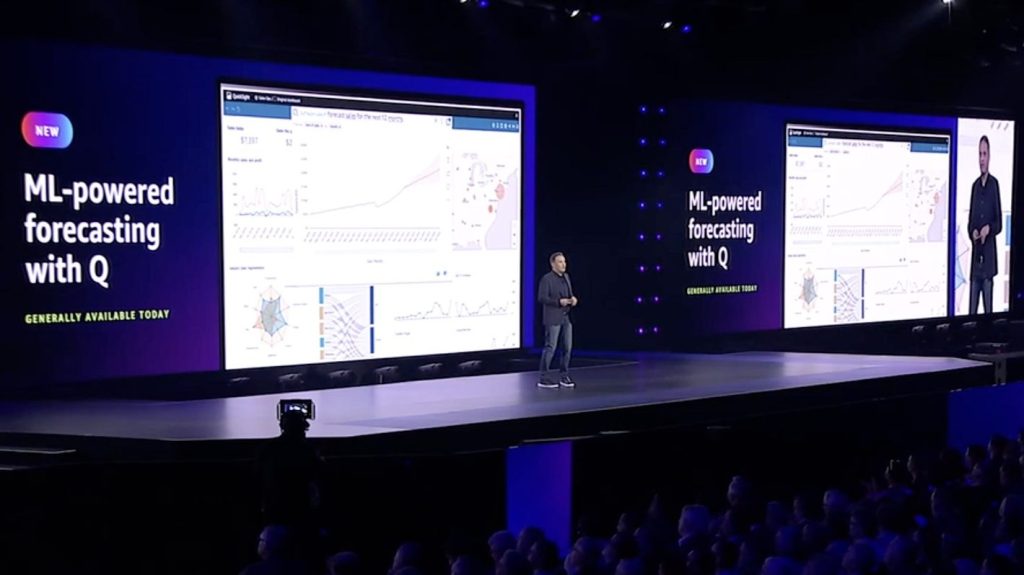Brian Chemel
The LED revolution is over. To no one’s surprise, LEDs have won. Solid-state lighting is changing how we light the world, successfully displacing traditional illumination sources across every part of the global lighting market. Over the next few years, billions of sockets will be in play.
This transition has kicked off a new phase of LED adoption — the race to connect every socket. The stakes are high for consumers and vendors alike. A trifecta of qualities — ubiquity, network connectivity and access to power — make intelligent lights a perfect platform on which the promise of the Internet of Things can start to come to life.
Behind the scenes, this race to own sockets is really a contest to see who will control the infrastructure of the IoT across our built environment. These intelligent, networked, sensor-laden lights of the near future will form the central nervous system of every smart building.
Beyond simple illumination, this “Internet of Buildings” built on top of next-generation lighting systems will forever change the way we interact with the spaces in which we live.
In your kids’ elementary school, biometric sensors will track students’ alertness, subtly shifting spectrum to automatically boost their focus any time it starts to wane.
Around the corner at the grocery store, beacons embedded in connected fixtures will track every movement you (or your mobile phone) make — from produce to dairy — beaming coupons at you along the way.
Even the lights around your home will be intelligent, learning from and responding to the steady stream of data generated by your wearable devices — using light to help de-stress you after a long day or to perk you up on a cold, dark winter morning.
All of these scenarios (and more like them) are just around the corner. Intelligent lighting will be one of the first markets to realize the dream of the Internet of Things — millions (if not billions) of connected devices, silently sensing and acting on our behalf.
So how have simple sources of illumination evolved into such an IoT success story?
It all starts with the LEDs themselves. As low-voltage semiconductor devices, they have always had a natural affinity for digital control. Unlike the inherently analog and high-voltage light sources of the past, LEDs and micro controllers play well together. In the early 2000s, the first generation of solid-state lighting manufacturers took advantage of this to deliver spectacular color-changing LED lighting installations all around the world.
Since then, plummeting prices for sensors, networking chipsets and processors (Chris Anderson’s “peace dividend of the smartphone wars”) have reduced the incremental costs of making lights smart. The bundle of components required to make a light fixture capable of sensing its environment, acting on that information and sharing it with others has dropped in price — even more precipitously than have the LED devices themselves.
Finally, the ubiquity of lighting across our private and public spaces makes it the perfect vehicle to bring intelligence into the built environment. In every building and public space, lights occupy prime real estate, with both a perfect vantage point from which to observe people and objects beneath them and a reliable source of power. Take a look around as you read this — depending on what kind of space you are in, there are likely from a handful to dozens of light sources within your field of view. If you can see them, networked sensors in the lights can see you.
These three factors — a secular shift from analog to digital, an explosion of low-cost supporting technologies and a ubiquitous install base that facilitates rapid deployment — have combined to launch the era of intelligent lighting.
This profound change in the nature of lighting has brought a whole new set of players to the market.
Over the past few years, a diverse new generation of connected lighting vendors has emerged — Digital Lumens, Enlighted, Sensity and BeON, to name but a few. Each is tackling different parts of the lighting market, but all share a networked, software-focused view of where lighting is headed.
Consumer-facing tech giants — Apple, Google, Amazon — see residential lighting as a key step toward the connected home. Why settle for one or two thermostats or smart toasters when you can gather data from dozens of sensor-enabled lights scattered throughout every house and apartment?
For networking companies — Cisco, Qualcomm and their ilk — intelligent lighting is an infrastructure play. Billions of connected lights will need new routing fabric, if only to handle the massive amount of new data traffic they will produce.
Even the largest building management systems companies — Siemens, Honeywell, Schneider, Johnson Controls — see the threat posed to their core businesses in HVAC and physical security as the next generation of intelligent buildings are built on top of new lighting networks.
Of course, the traditional lighting players — Acuity, Philips, GE — are deeply engaged in this shift, too. But their success is far from guaranteed.
The land grab is on. Who will win? As software eats the lighting market as inexorably as it has consumed so many others, the winners will be those companies that recognize this shift early and adapt their offerings to take advantage of it. Companies who integrate sensing, networking and control into software-based platforms will lead the way; those who remain exclusively focused on hardware do so at their own risk.
There are more than five billion lights installed in the United States alone — about one-fifth of the global total. No matter who ends up capturing the biggest share of this market, the broader trend is clear: While the LED revolution may be over, the story of intelligent lighting is just beginning.































Comment